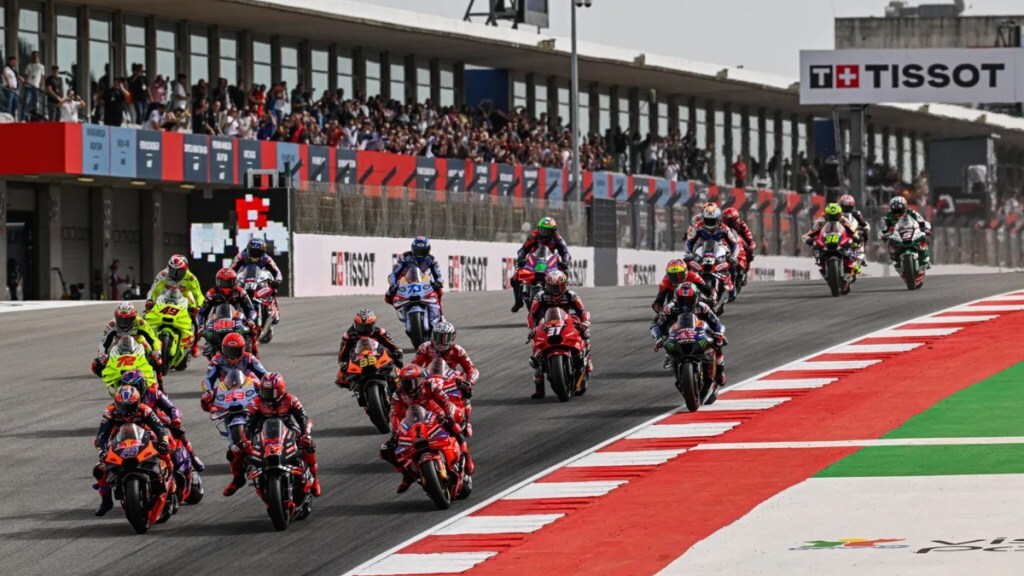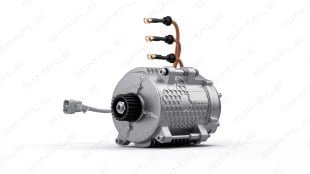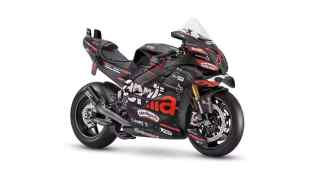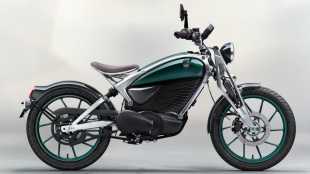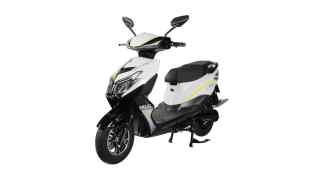MotoGP has announced new regulations for the premiere motorcycle racing championship which will come into effect from the 2027 season onwards. Major changes have been made to the technical regulations which are set to make a significant impact to the motorsport event.
This development comes shortly after Liberty Media, owner of Formula One, bought the rights of MotoGP earlier this year. The new regulations are aimed to make the premier championship more road-relevant and more efficient; while offering better racing and more overtaking.
New MotoGP regulations: Engines downsized
Yes, you read that correctly, engines of the race-spec MotoGP bikes will be downsized from 1000cc to 850cc. This would be a bummer to many as ideally downsizing the engine will result in lower power and torque output. As a result, top speeds will decrease, making the sport safer, and increasing mileage, thus making it the motorcycles more efficient and sustainable.
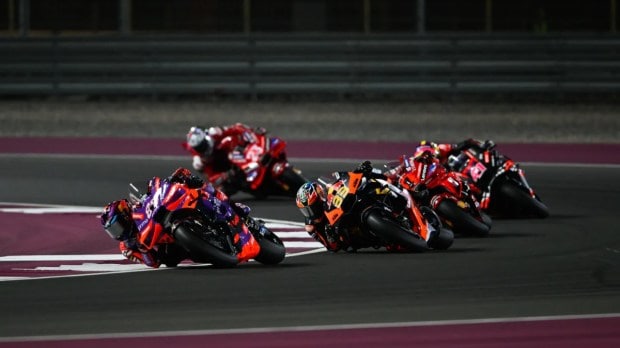
Further, the maximum bore will be reduced from 81 to 75 millimetres, which will also limit performance. This will make the engines more road-relevant and at the same time ensuring they retain MotoGP characteristics. To make the sport even more efficient, the maximum number of engines allowed for each rider in a season will also be reduced, from seven to six.
New MotoGP regulations: Fuel
As revealed earlier, MotoGP races will use 100% sustainable fuel from 2027 – rising from the minimum 40% — which was introduced in 2024. As part of the new regulations, fuel tank capacity will also be reduced from 22 litres to 20 and riders will be allowed to use 11 litres during the Sprint race.
New MotoGP regulations: Aerodynamics
To counter the drop in performance from the engine, aerodynamics will be enhanced with the aim of minimising their negative effects. From 2027 onwards, the maximum permitted width of the high portion of the front fairing Aero Body will decrease from 600mm to 550mm.
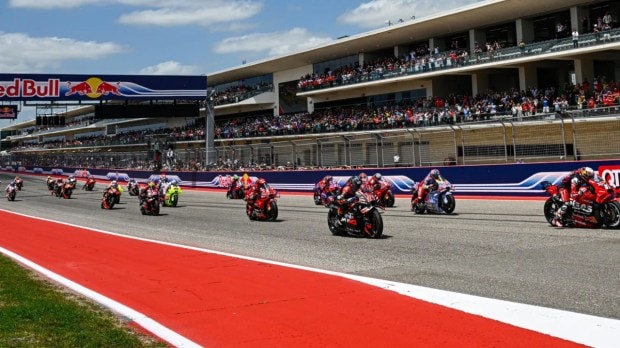
Further, the maximum rear end height will reduce from 1250mm to 1150mm, the foremost point of the front fairing (nose) will be moved back by 50mm, and the rearward taper of the front fairing aero appendices will also narrow. Add to that, the rear end of the machine – any aerodynamics behind the rider – must be homologated as part of the Aero Body. Teams will be allowed only one update across the entire season to control costs.
New MotoGP regulations: Ride height devices & weight restrictions
From the 2027 season, no ride height devices of any kind will be permitted. These include “holeshot” devices activated solely for race starts. This will put more impetus on the individual rider’s skills which are aimed at increasing their ability to overtake. Also, the minimum weight of the bike of the MotoGP class has been limited to 153 kg.
New MotoGP regulations: GPS Data
The most interesting change will be from the 2027 season, the GPS Data of each rider can be accessed by every team at the end of each session. Providing data to all competitors wiil offer better opportunities for the less performing teams and riders to progress, and at a controlled cost. Not only will the access to the GPS data help make the sport safer, and it will also increase the level of insights available to fans around the world.
